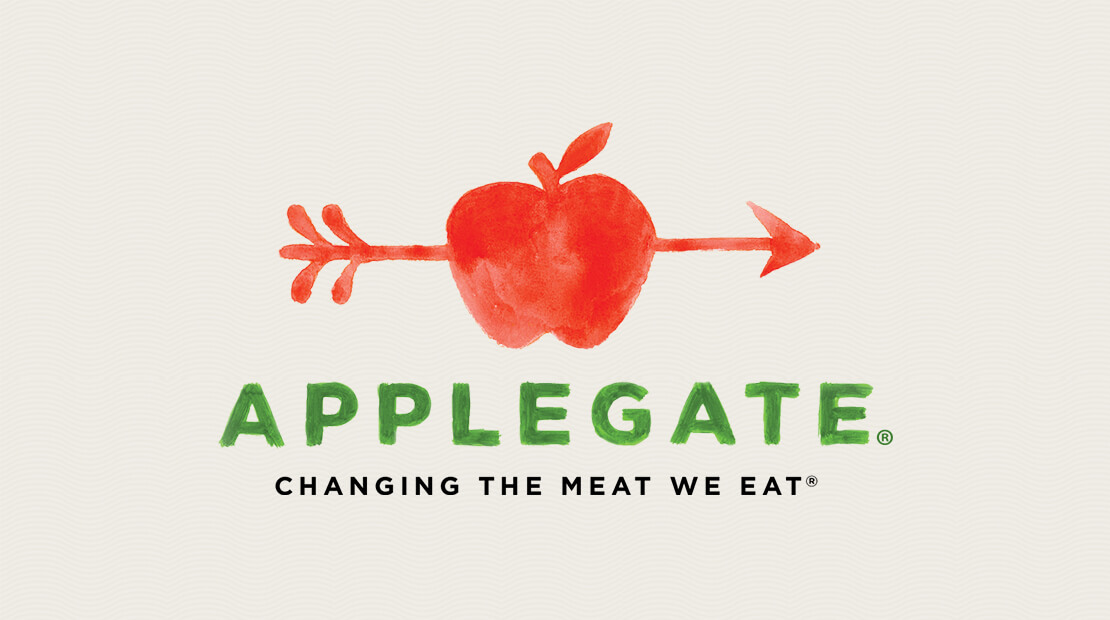Brands
How Applegate is Developing its Regenerative Agriculture Platform

Food+Tech Connect
Through this platform, the company hopes to build soil health, improve water quality and and increase biodiversity. It will use the Savory Institute’s Ecological Outcome Verification (EOV) program to measure its efforts and will also work with Savory to support and train producers in regenerative agriculture practices.
Below, I speak with Gina Asoudegan, vice president of mission and innovation, about how Applegate is building a collaborative regenerative agriculture platform and how they will get their customers to care.
Is biodiversity a priority for Applegate? If so, how and why?
Applegate’s mission is Changing The Meat We Eat, which means we’re always in pursuit of better ways to produce meat. We view regenerative agriculture as one way to do that because of its focus on building soil, improving water quality and increasing biodiversity and how animals can – if raised right – play a vital role in that process.
How does Applegate define and think about biodiversity? What does an ideal biodiverse food system look like? How do you measure biodiversity, and when will we know when we’ve arrived at a “good” level of biodiversity?
At Applegate, we’re thinking about biodiversity within the context of regenerative agriculture, which is a holistic, systems approach to farming. It’s based on the idea that biodiversity in the food system involves not only plants and animals, but also the other ecosystems that support them, from the microbes in the soil to the people who ultimately eat the food produced from the system.
Applegate is launching a new regenerative agriculture platform where all the products come from animals raised on pasture using farming practices that measurably improve soil health, water quality and biodiversity.
To measure biodiversity on the farms, we’ll be using the Ecological Outcome Verification (EOV) program developed by the Savory Institute. The EOV is the scientific methodology that measures and trends ecological outcomes on the land. EOV assesses key indicators of the health of the ecosystem — criteria such as soil health, biodiversity water cycle, mineral cycle, energy flow and community dynamics.
I don’t think anyone really knows what an ideal level of biodiversity looks like. The idea is to make continuous improvements, always striving for more diversity, which is the foundation of a healthy and resilient food system.
What is the business case for products that promote a more biodiverse food system?
Right now, there isn’t a business case for products that promote biodiversity. Mission driven companies, like Applegate, are moving in this direction because we believe it’s the right thing to do. We see regenerative agriculture and biodiversity as the next evolution in food and farming, and we intend to educate people about these ideas and drive demand for products produced this way.
The message is that sustainability is not enough. After decades of extractive practices like monocultures that degrade soil, we need to do more than just sustain. We need to build and regenerate by using farming practices that promote soil health and biodiversity.
What investments need to be made to create a more biodiverse food system?
The most important investment that needs to be made is support and training for producers. At Applegate we plan to work with the Savory Institute to train producers on regenerative agriculture practices.